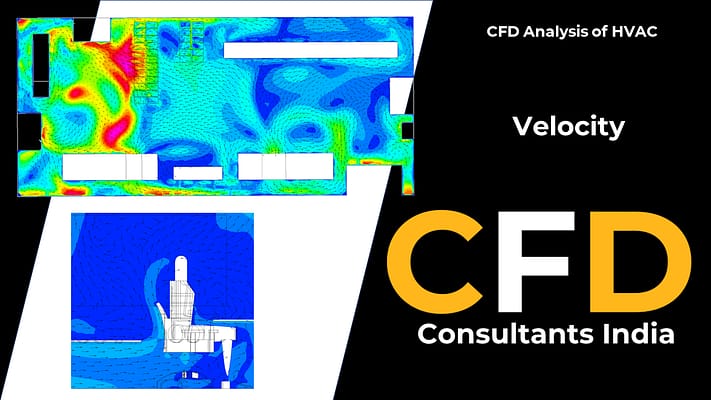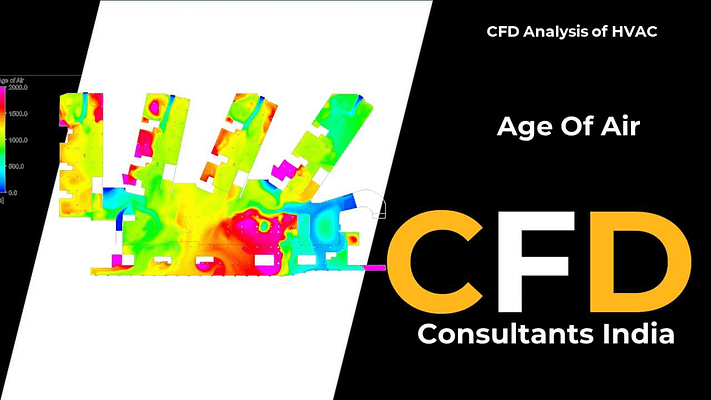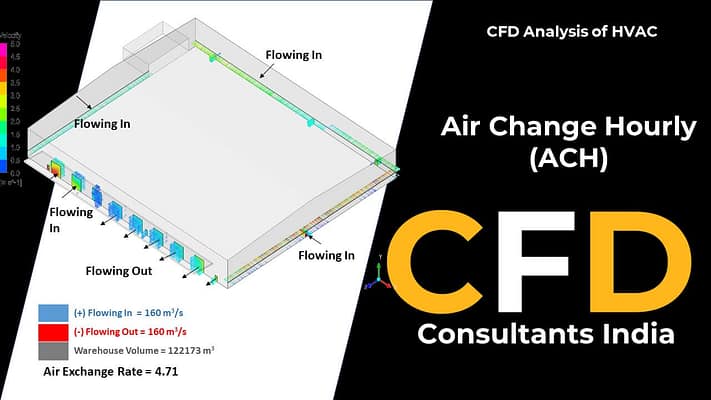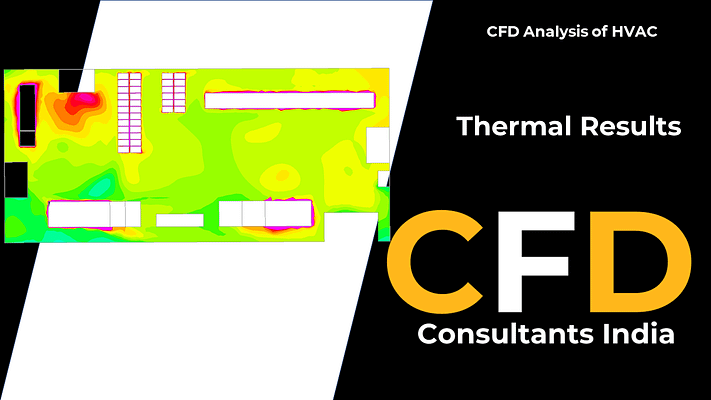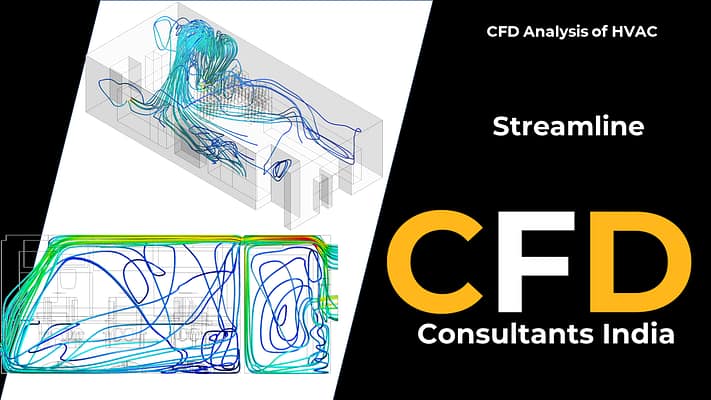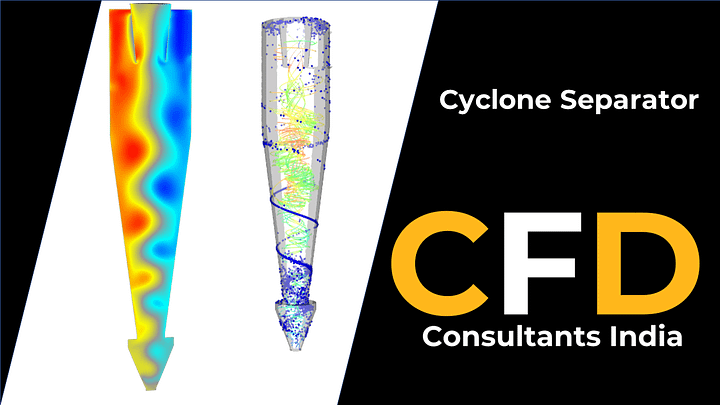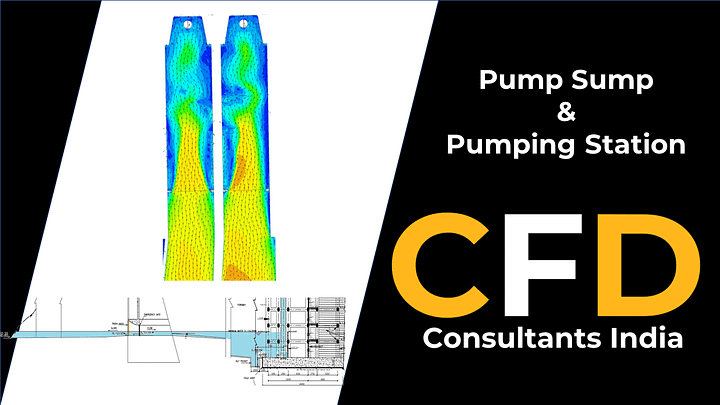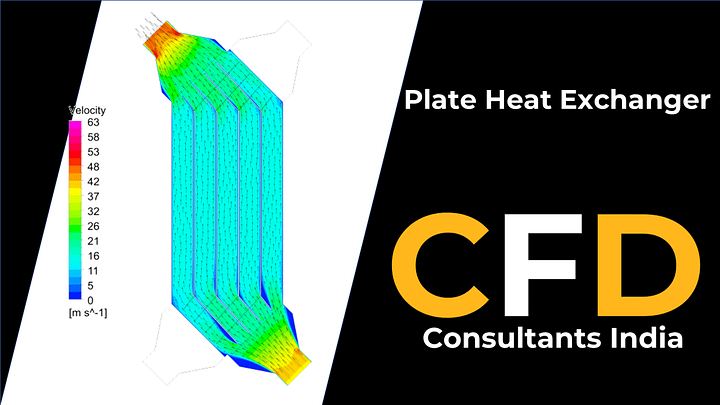FAQ
Most frequent questions and answers
HVAC stands for Heat Ventilation and Air Conditioning systems.
We’re aware that air is an invisible fluid, yet CFD empowers HVAC engineers to visualize airflow within their systems. It plays a vital role in enhancing designs, increasing efficiency, and ensuring indoor comfort. By revealing insights into airflow patterns, thermal behavior, contaminant dispersion, and other factors, CFD contributes to well-informed decisions in HVAC engineering.
CFD analysis helps HVAC engineers and interior designers to understand how air moves around in the space. This helps them to make sure your heating, cooling and ventilation work just right so that occupant experience comfort in living spaces.
The “age of air” and ACH are related but distinct metrics used to assess indoor ventilation. The “age of air” represents the average time it takes for the air within a space to be fully replaced with fresh outdoor air. It provides insights into how long it takes for indoor air to refresh completely. A lower “age of air” indicates quicker ventilation and better indoor air quality. On the other hand, ACH (Air Changes Per Hour) quantifies the rate at which the entire volume of air in a space is exchanged with outdoor air in one hour. It measures the frequency of air replacement rather than the duration. Both metrics are crucial for evaluating ventilation effectiveness, but they focus on different aspects of indoor air quality and ventilation performance.
You’ll get insights into how air flows, which means more even temperatures in all corners of your room or office, less draftiness, and lower energy bills. It’s like giving your HVAC system a superpower!
Think of it as more of air detective work. We figure out where pollutants might go and make sure your living space is clean and healthy to breath.
Absolutely! We help make sure your HVAC system isn’t working harder than it needs to. That means savings on your energy bill.
Any place with HVAC needs or in one way any space that occupies air within – homes, offices, underground spaces, military containers, VAN, SUV’s , shopping malls, airplanes, ships, you name it! Big or small, we’ve got solutions.
We’re like weather forecasters, but for air indoors. Our predictions are spot-on when we’ve got the right info. You can count on us!



